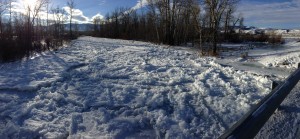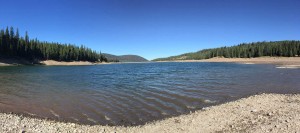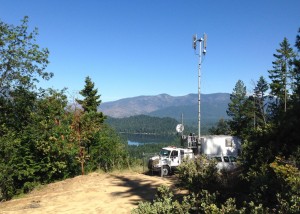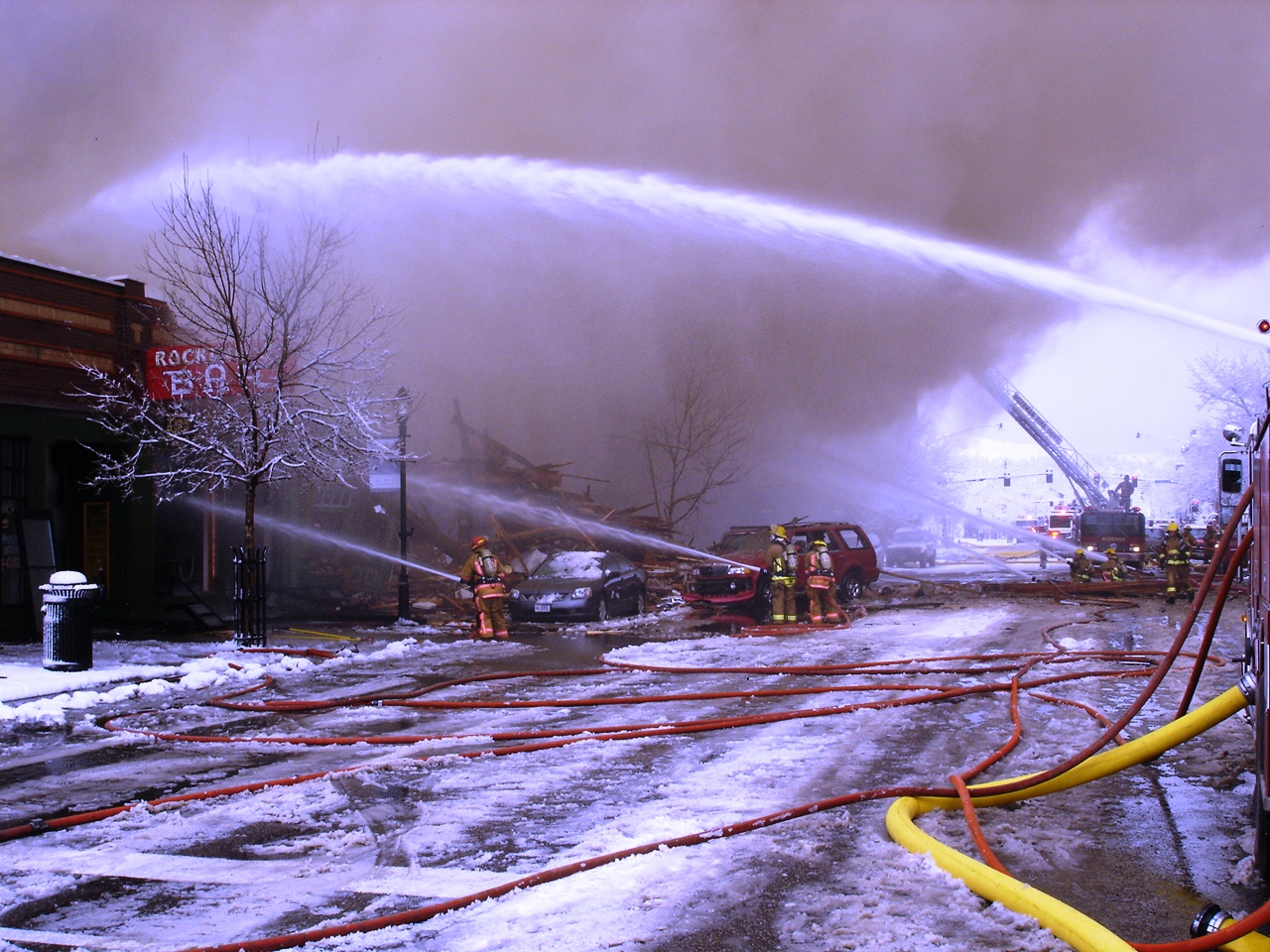
How Does Our Community Get Support During Disasters
How quickly and through what process a local community gets help in a large disaster is often hotly debated when something happens. Fortunately Montana has a fairly decent process and our laws support the local governments fairly well. The simplest way to look at the process is that when a local political subdivison exceeds their capacity for an incident, they can go to the next level for assistance. Typically this is an incorporated city (town) or a county government going to the State of Montana for assistance. Generally speaking the State needs a request from a local government accompanied by an emergency or disaster declaration before they have the ability to help (due to the law and ability to incur costs).
The same similar process takes place if the State of Montana’s capability is exceeded. The Governor of Montana can also declare an emergency or disaster and submit a request to the regional administrator of FEMA in Denver, CO. The regional administrator then forwards the request to the President of the United States who also has the ability to declare a variety of declarations. If declared by the President, this allows access to a variety programs and resources through what is known as the Stafford Act.
 Of course this is simplified, but that is the general concept. The other big question is who covers the cost. There is a wide variety of ways this can play out, but here is a simple general rule. Local government’s are responsible for the first 2 Mills of incurred costs for the jurisdiction. The jurisdictions are required to assess their taxpayers for 2 Mills of their assessed values to cover these costs by Montana law. Eligible costs beyond that are typically covered by the Montana Governors Disaster Fund. If there is a Presidential declaration (note there are a lot of federal programs, each with different rules), then in broad terms the Federal Government will begin covering 75% of the eligible costs. So you could look at it as the local government pays the first 2 Mills (of their valuation) of the costs, then the state covers the costs until 25% is reached, and the federal government covers the remaining 75%. Obviously this is a simplified version, and assumes a big event that receives a federal declaration.
Of course this is simplified, but that is the general concept. The other big question is who covers the cost. There is a wide variety of ways this can play out, but here is a simple general rule. Local government’s are responsible for the first 2 Mills of incurred costs for the jurisdiction. The jurisdictions are required to assess their taxpayers for 2 Mills of their assessed values to cover these costs by Montana law. Eligible costs beyond that are typically covered by the Montana Governors Disaster Fund. If there is a Presidential declaration (note there are a lot of federal programs, each with different rules), then in broad terms the Federal Government will begin covering 75% of the eligible costs. So you could look at it as the local government pays the first 2 Mills (of their valuation) of the costs, then the state covers the costs until 25% is reached, and the federal government covers the remaining 75%. Obviously this is a simplified version, and assumes a big event that receives a federal declaration.


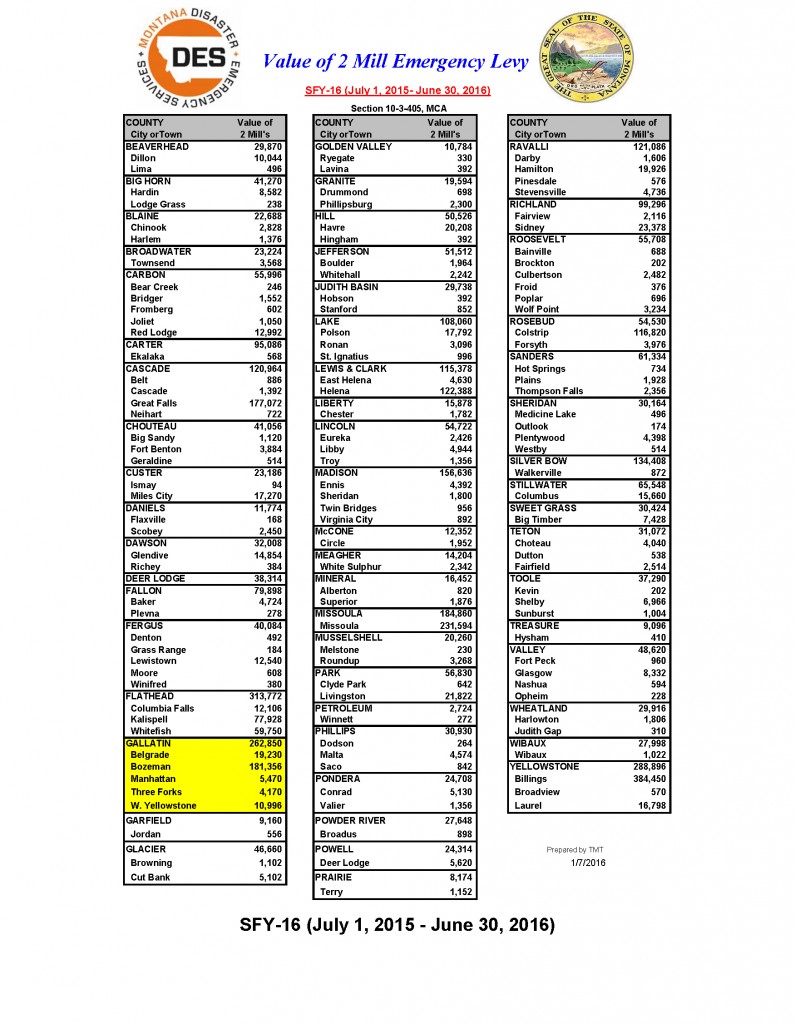
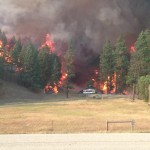 Previous Post
Previous Post